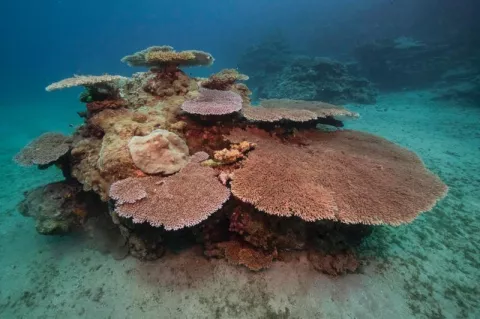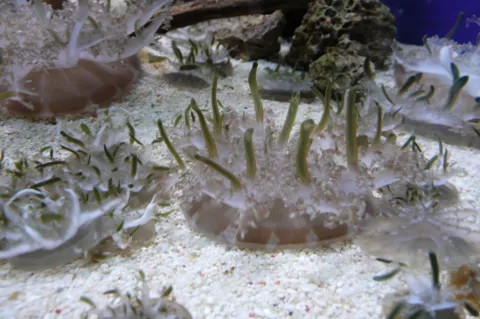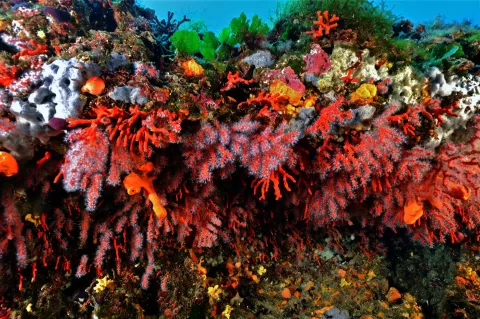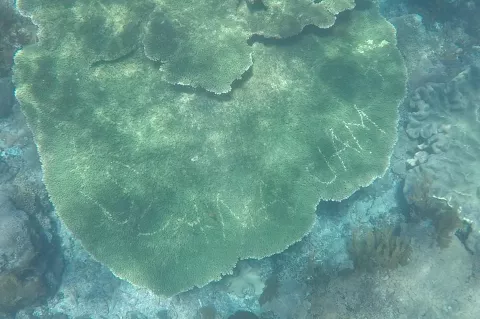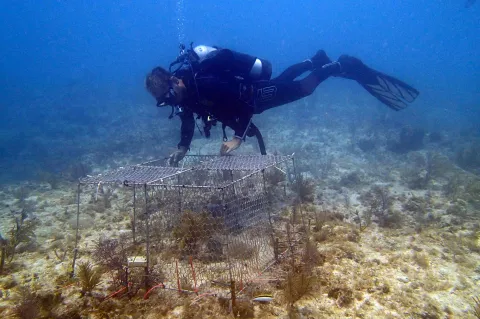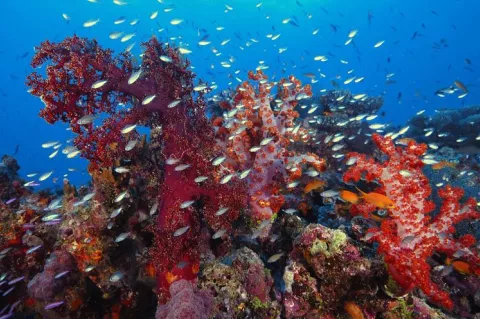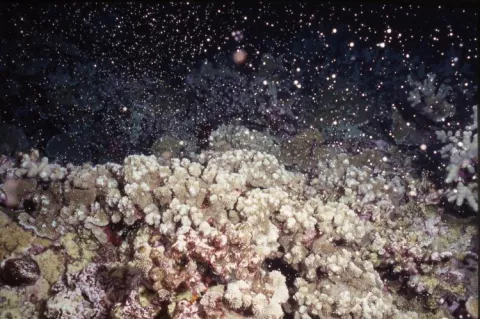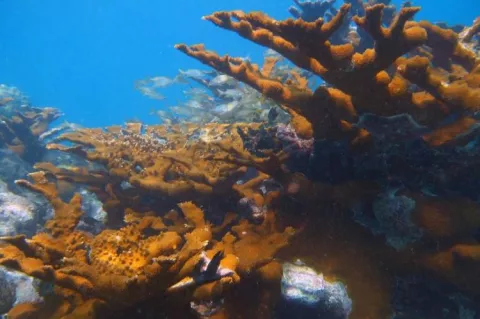Researchers find deep-sea coral gardens off Western Australia
Widely known as a biodiversity hotspot for marine animals, Australia’s Bremer Canyon Marine Park has been found to also host rich, diverse ecosystems within the canyon’s cold waters.
This discovery was made during a scientific expedition after researchers used a deep-sea remotely operated vehicle (ROV) to collect samples of deep-sea corals, associated fauna, seawater and geological samples from the abyssal depths to the continental shelf.


